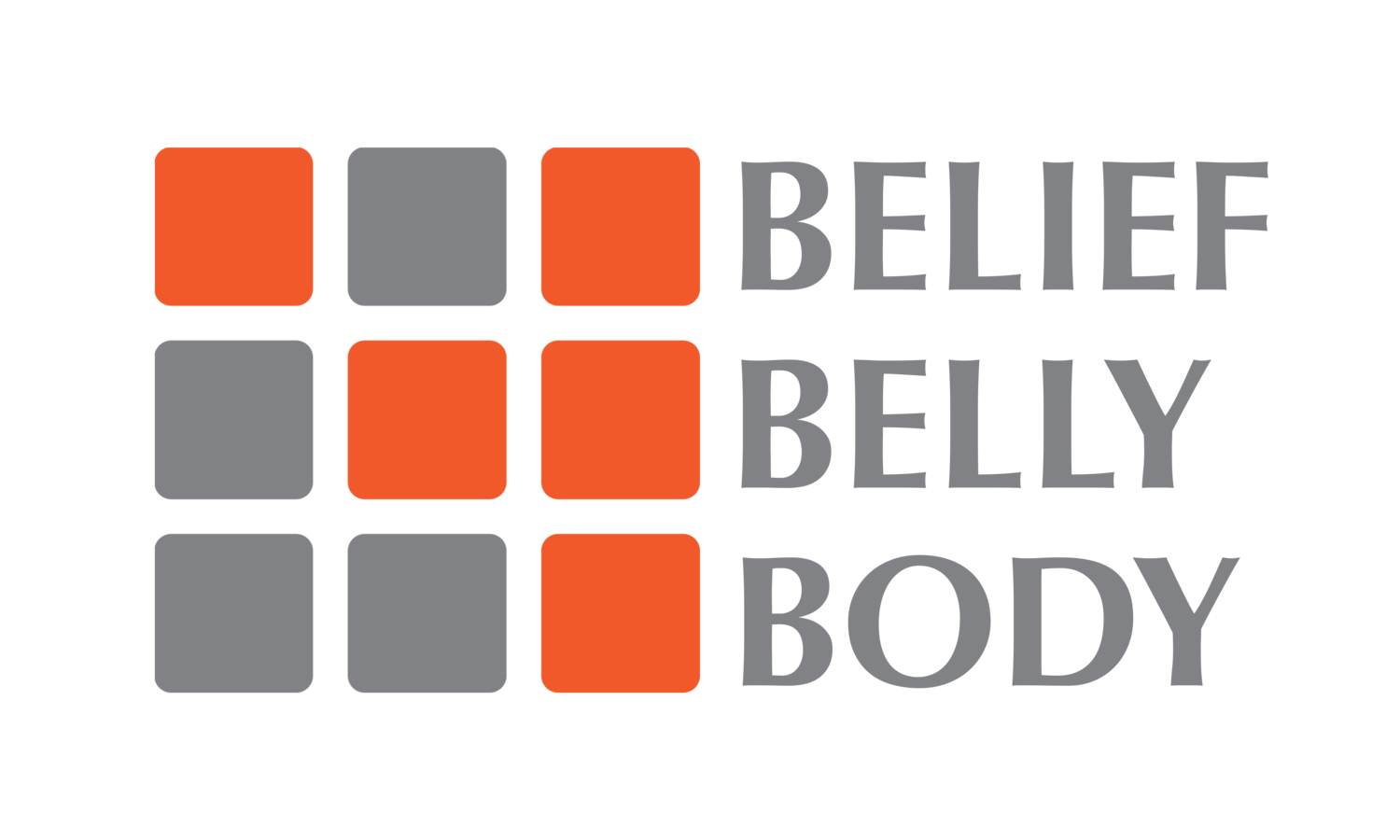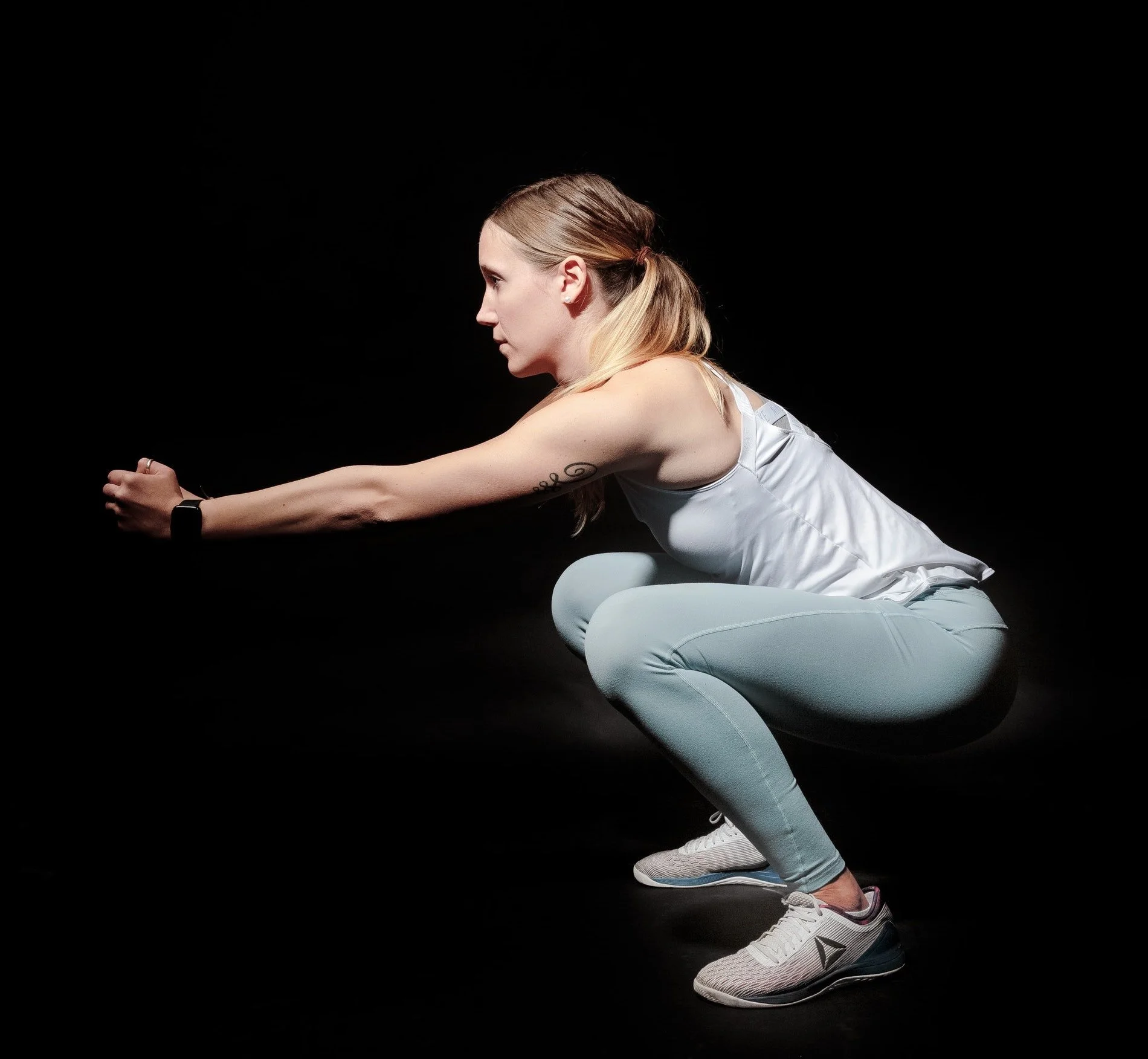Drop It Like A Squat
Squatting is one of the most functional movements in our lives. A movement so foundational that most of us have been squatting since we were toddlers. While my children were still quite young I can recall admiring their natural instinct to effortlessly drop into a deep squat as they played.
The squat is so essential to our everyday lives, we should even be squatting while we poop! Which means we should be squatting every day. Unfortunately, as we get older and begin to sit in a variety of unnatural positions all day, our squat mechanics slowly deteriorate, usually resulting in a cascade of other ailments and postural deviations.
The squat truly is one of the most useful and beneficial exercises we should regularly perform to increase strength, improve stabilization, and build muscle. Squats are a compound movement that recruit most of our muscles, using multiple muscle groups and joints to complete. Even a simple bodyweight squat will require almost every muscle in the core and lower body to be activated.
The squat also happens to be the only exercise that focuses on the active recruitment of the muscles that produce hip extension. The hip extension is when you straighten up your hip joint from a flexed or bent position, while you’re in the bottom of your squat. Because of the utilization of a large amount of muscle groups, squats cause your body to increase our anabolic hormone production, helping you to lose fat and build muscle.
Squats will help strengthen your bones, your muscles, your joints, and can even increase your flexibility. Increasing the strength in your knees and hips reduces your chance of injury while doing both athletic movements and everyday life activities (such as climbing stairs, playing with your kids, or standing up and sitting down). By learning to squat properly and safely, you’re improving your range of motion and helping protect yourself against future injury.
How To Perform Your Squat
Getting Into Your Squat Position
Adjust your feet so they are positioned slightly wider than your hips, about shoulder width apart. Your toes should be pointed slightly outward, about 10 to 30 degrees. Keep your head up and look straight ahead. It might help to pick a spot in front of you to focus on. Once you find something, lock onto that spot for the duration of the squat, never looking toward the floor or ceiling.
Beginning Your Squat
When doing a bodyweight squat it can be confusing to know what to do with your arms. I recommend you position your arms straight out in front of you, parallel to the ground (This is called an “air squat”). Your arms will not only feel like they have a proper position for the squat, but the weight of your arms will counterbalance the weight in your hips.
Keep your chest up and your spine in a neutral position. Your bodyweight should be on the heels and the balls of your feet, as if they were anchored into the ground. You should feel as though you were able to lift your toes during the entire squat movement (though you definitely don’t need to do that!).
Inhale deep into your stomach and keep your core engaged by drawing in your belly button toward your spine, almost like you’re bracing to be punched in the stomach. Engage your glutes and start by pushing your hips back like you were about to sit into a chair. Don’t begin by bending your knees. Keep your knees in line with your toes and don’t allow them to collapse or push forward over your toes.
As you squat down, focus on keeping your knees in line with your feet. When your knees start to come inside the toes, push them out (but not wider than your feet). Make sure your knees aren’t moving inward toward each other through the movement – this is very common.
Squat down until your hip joint is slightly lower than your knees. You will want to reach just beyond 90 degrees, bringing your thighs nearly parallel to the floor. If you have access to a mirror this is when the visual feedback will be most helpful.
Standing Up From Your Squat
As you rise up from your squat, continue to maintain a tight core, breathe out and drive through your heels, keeping the balls of your feet on the ground. While driving your knees outward (try not to allow them to move toward each other) the same way you did on the way down, emphasize the squeezing of your glutes at the top and push your hips forward.
Once you are able to complete multiple sets of 20+ bodyweight squats with proper form, you are probably ready to move on to weighted squats (e.g.: Dumbbell, Sumo, Back Squat).


